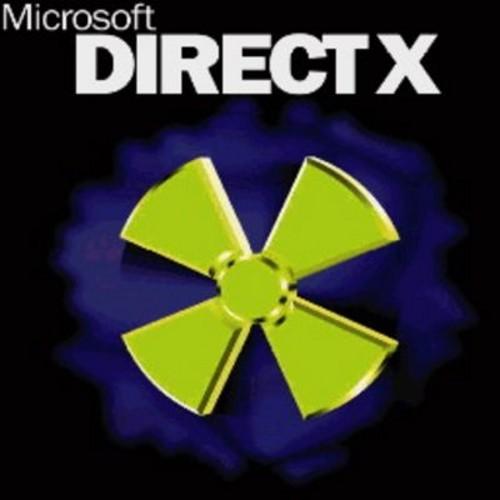Digital signature schemes based on multivariate- and code-based hard problems are promising alternatives for lattice-based signature schemes due to their smaller signature size. Hence, several candidates in the ongoing additional standardization for quantum secure digital signature (DS) schemes by the NIST rely on such alternate hard problems. Gaussian Elimination (GE) is a critical component in the signing procedure of these schemes. In this paper, we provide a masking scheme for GE with back substitution to defend against first- and higher-order attacks. To the best of our knowledge, this work is the first to analyze and propose masking techniques for multivariate- or code-based DS algorithms. We propose a masked algorithm for transforming a system of linear equations into row-echelon form. This is realized by introducing techniques for efficiently making leading (pivot) elements one while avoiding costly conversions between Boolean and multiplicative masking at all orders. We also propose a technique for efficient masked back substitution, which eventually enables a secure unmasking of the public output. We evaluate the overhead of our countermeasure for several post-quantum candidates and their different security levels at first-, second-, and third-order, including UOV, MAYO, SNOVA, QR-UOV, and MQ-Sign. Notably, the operational cost of first-, second-, and third-order masked GE is 2.3x higher, and the randomness cost is 1.2x higher in MAYO compared to UOV for security levels III and V. We also show detailed performance results for masked GE implementations for all three security versions of UOV on the Arm Cortex-M4 and compare them with unmasked results. Our first-order implementations targeting UOV parameters have overheads of factor 6.5x, 5.9x, and 5.7x compared to the unprotected implementation for NIST security level I, III, and V.
翻译:暂无翻译



